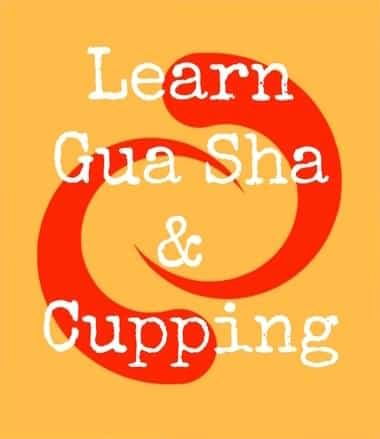 Whenever I hear the phrase “carpal tunnel” from a client, I go to my desk and pull out my Gua Sha spoon, and just smile! Why? Because by the next time I see them, they usually aren’t talking about carpal tunnel anymore or they come in raving about how great their arms feel! Why?
Whenever I hear the phrase “carpal tunnel” from a client, I go to my desk and pull out my Gua Sha spoon, and just smile! Why? Because by the next time I see them, they usually aren’t talking about carpal tunnel anymore or they come in raving about how great their arms feel! Why?
Over my many years in practice, I’ve come to the conclusion that no one needs to suffer from carpal tunnel and similar arm/wrist pain symptoms. Carpal tunnel is a cultural collective “catch-all” term people sometimes use to describe their arm pain. People often toss that word out to me with great concern as if there is no hope… “I think I might be getting carpal tunnel.” “My husband thinks it’s carpel tunnel, and I might need surgery.” “I know it’s carpel tunnel in my wrists, I’m going to have to quit my job.”
Years ago a computer programmer named Tim came to me, and he was in trouble. It was imperative that he finish a huge project at work, but he was in agony. He couldn’t type at all. And using his mouse made it even worse. He was desperate because he was afraid he might even lose his job if he couldn’t finish the project. In only took us a few sessions over the course of a month to get him completely back on track. He was able to finish his project, and his arms felt great. He came back a few times over six months, but always reported that his arms felt great!
Gua Sha works, Gua Sha works, Gua Sha works on repetitive stress pain.
Carpal tunnel and similar kinds of forearm pain are caused by repetitive movements that put stress on the muscles, tendons and ligaments in the arm. For me, I don’t care so much about the diagnosis or the “words” someone labels their pain with. I care more about the fact that the person is having pain, and where the pain is showing up so that I can help them with Gua Sha.
If it’s on the outside of the forearm, I do Gua Sha across the top of the shoulder and down the deltoids and outer upper arm. Then I work from the outer crook of the elbow down over the top of the arm to the wrist.
If it’s on the inside of the forearm, I do Gua Sha from the pectoral muscles, down to the inside of the elbow, and down over the inside of the arm (over the area that is traditionally associated with carpal tunnel).
Sometimes people have arm pain behind their elbow down to their pinky. In that case, you’d start Gua Sha on the back of the shoulder blade, down the tricep on the back of the arm, down the bony underneath part of the forearm, to the wrist.
There are many tips and tricks you could use to enhance your Gua Sha technique. We’ve developed an online class Learn Gua Sha for Massage Therapists for healers, massage therapists, and other medical professionals. So check it out if you want to provide this service in your practice. http://learnguasha-com.teachable.com/
Want to know more about Gua Sha? Here is a short video from the course.


